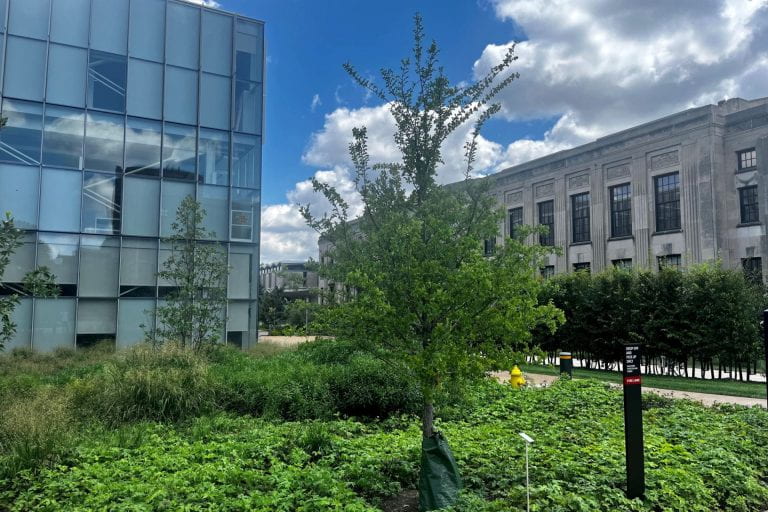1) On the map (scroll in to view)
2) Visually
3) Alphabetically
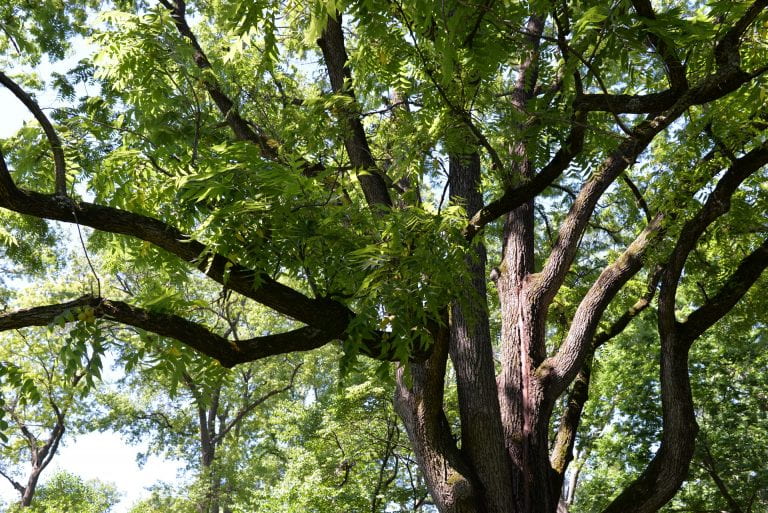
Black Walnut (Deaccessioned)
Arbor walk #61, Treekeeper ID #5016
This is a large deciduous tree common to woodlands in the eastern United States from Massachusetts to Texas. It is natively found in rich woods and fertile river valleys across the state of Missouri.
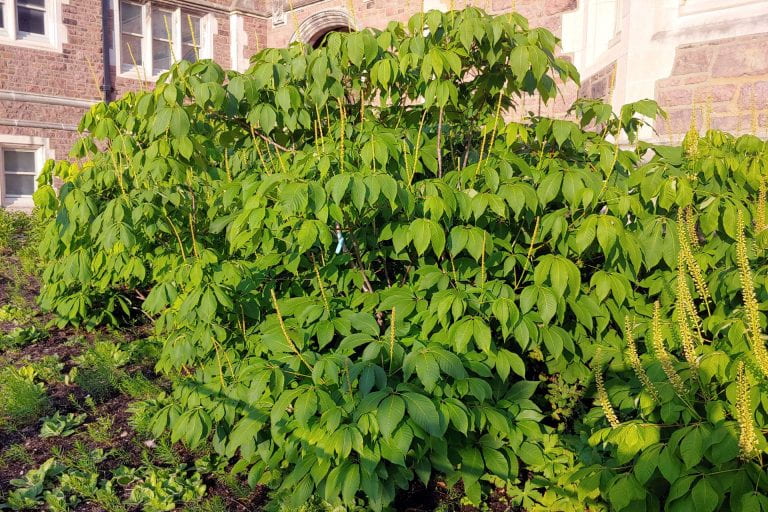
Bottlebrush Buckeye
Arbor Walk #89
Bottlebrush Buckeye is not native to Missouri but is very adaptable to the St. Louis Region. It is a multiple stem understory small tree or large shrub which colonizes by suckering.
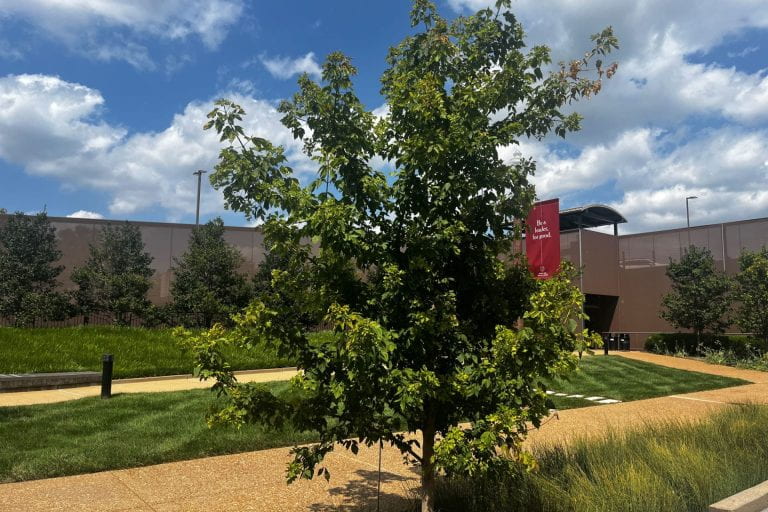
Boxelder Maple
Arbor Walk #118
Boxelder Maple is notable because of the usual leaves this species has compared to all other native maples. Instead of the normal simple leaf, it instead has compound leaves, which means it has leaflets.
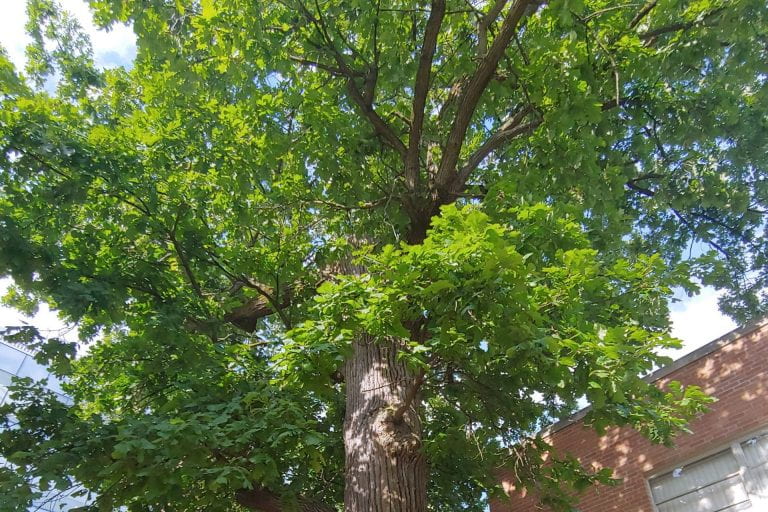
Bur Oak
Arbor walk #108, Treekeeper ID #1757
This tree is in the Fragaceae family and is native to Missouri. It is a deciduous tree with broad and rounded crown, which is good for shading. The leaves are leathery, dark green and turn to yellow-brown in fall. The oval acorns is large in size with fringed burry cups.
Butternut
Arbor Walk #161
Although this tree has a broad range within the Upper Midwest and Northeast United States, it is uncommon in most of its range, being overshadowed by its ubiquitous relative Juglans nigra, the black walnut. Its lack of prominence is mainly caused by the deadly butternut canker, which only affects J. cinerea.
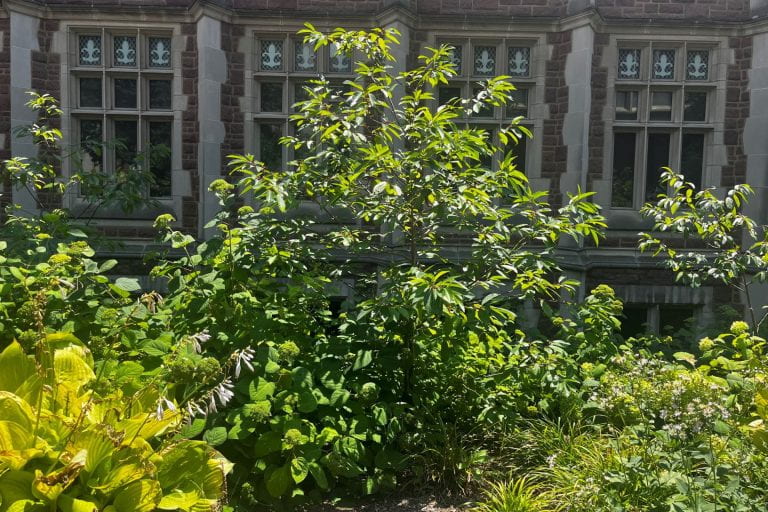
Carolina Buckthorn
Arbor Walk #130
Even though it is called a buckthorn, Carolina Buckthorn has no spines. The shrub is well known for its bright red drupes during the summer. The fruit eventually mature to black and attracts many wildlife species, especially birds.
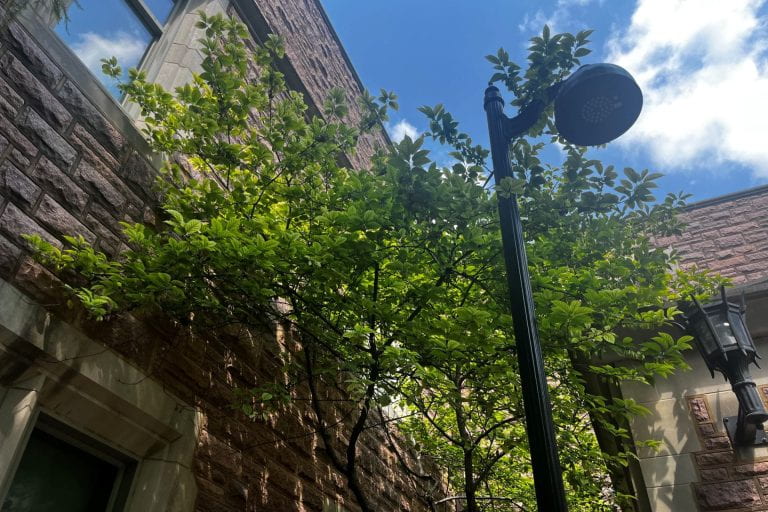
Carolina Silverbell
Arbor Walk #132
The best place to find this plant in the wild is the Great Smokey Mountains where they thrive. Squirrels love the four-winged, dry fruit, and Tennessee beekeepers describe it as a great honey tree. The wood is also sometimes used for cabinets, veneer, and carvings.
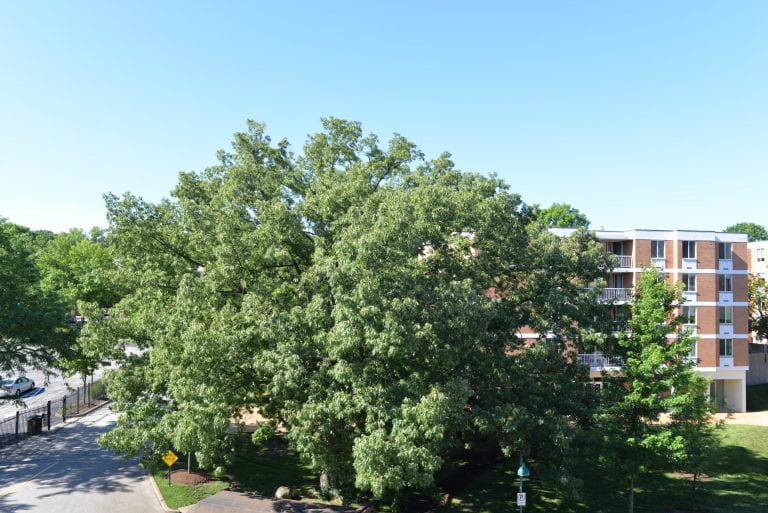
Cherrybark Oak
Arbor walk #71, TreeKeeper ID #3472
Cherrybark Oak is a medium to large-sized deciduous tree native to the Southern US including the southeast corner of Missouri. The Cherrybark Oak looks very similar to another Missouri native, Southern Red Oak. So much so, that this tree was mislabeled as a Southern Red Oak for many years in the Arboretum.
Chestnut Oak
Arbor Walk #152, Treekeeper ID #6051
The Chestnut Oak has a native range just bordering but not within Missouri; it thrives in dry uplands from southern Maine to the Mississippi but primarily in the Appalachian Mountains.
Chinese Redbud
Arbor Walk #148
The Chinese Redbud is within the same genus as the Eastern Redbud, but features larger, bright magenta flowers and glossy heart-shaped leaves.
